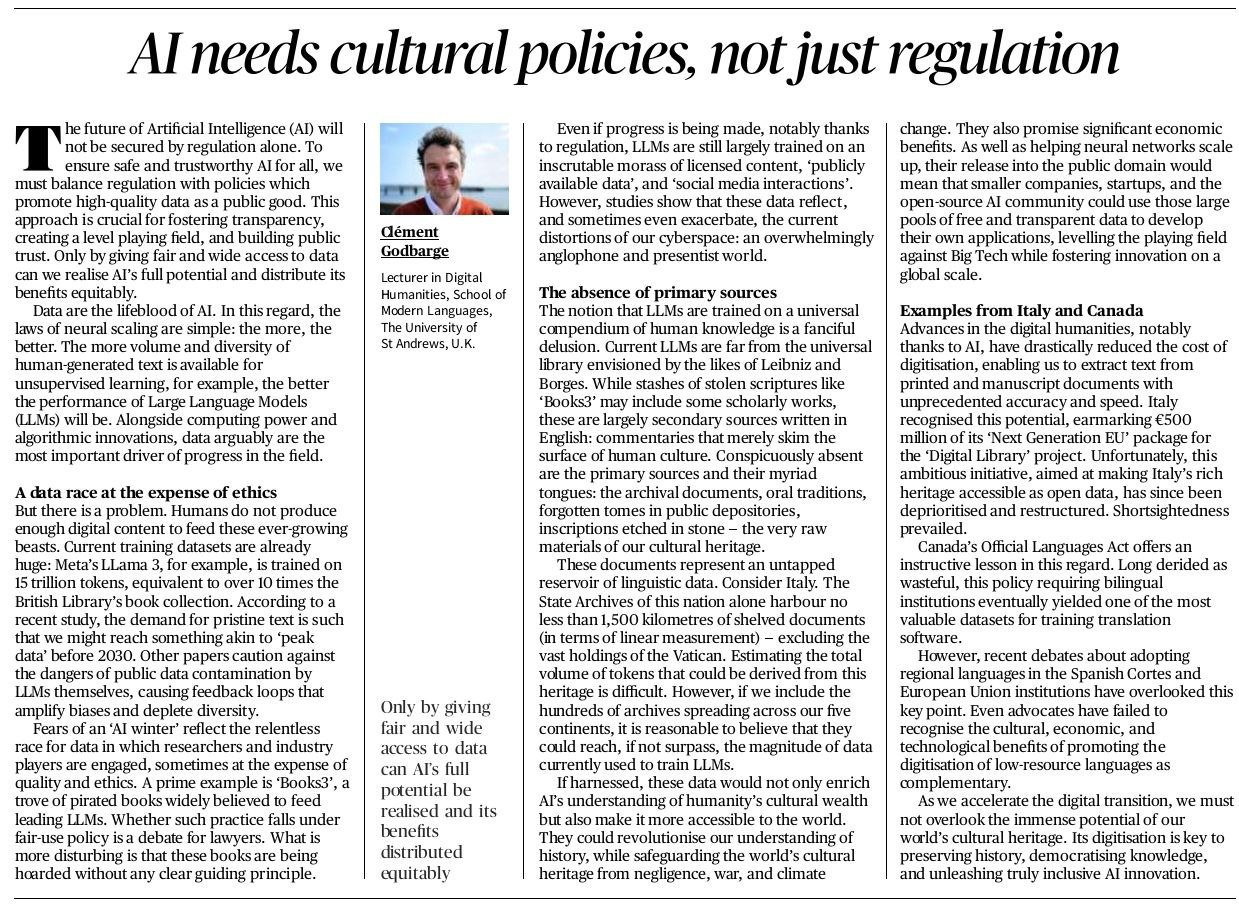1. Proposal for a Global Pandemic treaty
Introduction
The article underscores the global community’s struggle to finalize a Pandemic Agreement despite the pressing need for a unified response to future pandemics.
While the 77th World Health Assembly witnessed progress in amending the International Health Regulations (IHR), critical issues such as pathogen access and benefit sharing, technology transfer, and the One Health approach remain contentious.
Key Points:
· The need for a Pandemic Agreement is evident from the challenges posed by COVID-19. · PABS, technology transfer, and One Health are major sticking points. · Enforcement and accountability mechanisms are crucial for the agreement’s effectiveness. · The global community must prioritize cooperation and compromise to achieve a successful outcome. |
Challenges in Negotiating a Pandemic Agreement
- Pathogen Access and Benefit Sharing (PABS): Disparities in access to vaccines and treatments during the COVID-19 pandemic highlighted the need for a fair PABS mechanism. Low- and middle-income countries (LMICs) demand a guaranteed share of pandemic products, while high-income countries resist this, leading to a stalemate.
- Technology Transfer and Intellectual Property: The uneven distribution of manufacturing capacities and the role of intellectual property rights in hindering access to life-saving technologies are major points of contention. High-income countries advocate for voluntary mechanisms, while LMICs seek mandatory provisions.
- One Health Approach: While recognized as crucial for pandemic prevention, the One Health approach faces resistance from LMICs due to resource constraints and concerns about additional burdens.
- Enforcement and Accountability: The lack of a robust enforcement mechanism in the IHR raises concerns about the effectiveness of any future pandemic agreement. The proposed Conference of Parties (COP) is seen as a potential solution.
Implications
- The failure to finalize a comprehensive Pandemic Agreement poses significant risks to global health security.
- Without a binding international framework, the world remains vulnerable to future pandemics, with potentially devastating consequences for populations, economies, and societies.
Conclusion
The negotiations for a Pandemic Agreement are a litmus test for global cooperation. Overcoming the existing divides and reaching a consensus on critical issues is imperative. A successful agreement has the potential to create a more equitable and resilient global health system, but its failure could have far-reaching implications.
Mains Practice Question |
· What are the issues in the negotiations for a global Pandemic Agreement, and also discuss their impact on global health system? |
2. Cultural policies for AI
Introduction
The article emphasizes the need for a balanced approach to AI development, focusing on both regulation and policies that promote high-quality data as a public good. While regulation is essential, it alone cannot ensure safe and trustworthy AI.
- The article highlights the critical role of data in AI development, emphasizing the “more data, better AI” paradigm. However, the current data landscape is characterized by an intense race for data, often compromising quality and ethics.
- To address these challenges, the article proposes a shift towards making high-quality data a public good. This approach would foster transparency, create a level playing field, and ensure that AI benefits are distributed equitably.
- By making cultural data accessible as a public good, we can create a more level playing field for AI development, promote economic growth, and safeguard our cultural heritage for future generations.
Data and Examples
- Data scarcity: The demand for high-quality data is outpacing supply, leading to concerns about “peak data.”
- Ethical concerns: The race for data often compromises ethical considerations, as exemplified by the use of pirated books in training LLMs.
- Bias and inequality: Current AI models are often biased towards English and Western perspectives due to the predominance of English- data.
- Cultural heritage: The untapped potential of language cultural heritage as a rich source of diverse data is highlighted.
- Case studies: Italy’s “Digital Library” project and Canada’s Official Languages Act are presented as examples of policies that can unlock the value of cultural heritage.
By addressing the challenges of data scarcity, ethical concerns, and bias, and by leveraging the potential of cultural heritage, we can create a more equitable and beneficial future for AI.
Conclusion
The article concludes by emphasizing the immense potential of cultural heritage as a valuable resource for AI development. Digitizing this heritage can preserve history, democratize knowledge, and foster inclusive AI innovation.
UPSC Mains Practice Questions
1) Critically examine the challenges posed by the current data-driven AI development model. Suggest measures to ensure that AI benefits are equitably distributed and aligned with societal values?
2) Discuss the potential of cultural heritage as a valuable resource for AI development. Analyze the steps required to harness this potential and address the associated challenges? |




